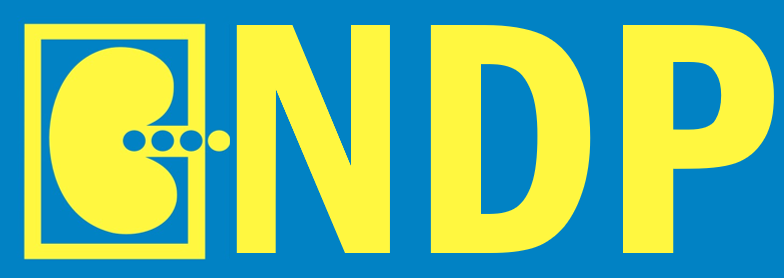- Polish Nephrology and Dialysis | official journal of the Polish Society of Nephrology
Urinary kidney injury molecule 1 levels reflect
the severity of clinical conditions in newborns
treated in intensive care unit
The management of Fabry’s disease – Polish Society of Nephrology Board statement
5 March 2021Vaccination of dialysis patients
9 March 2021Urinary kidney injury molecule 1 levels reflect the severity of clinical conditions in newborns
treated in intensive care unit
Anna Tarko
Department of Intensive Care and Neonatal Pathology, Faculty of Medicine in Katowice Medical University of Silesia in Katowice Poland
Head:
Dr hab. n. med. Iwona Maruniak-Chudek, prof. nadzw. SUM
Anna Suchojad
Department of Intensive Care and Neonatal Pathology, Faculty of Medicine in Katowice Medical University of Silesia in Katowice Poland
Head:
Dr hab. n. med. Iwona Maruniak-Chudek, prof. nadzw. SUM
Barbara Przybył
Clinical Unit of Neonatology and Intensive Care, Multidisciplinary Hospital E. Warmiński Bydgoszcz, Poland
Head:
Dr n. med. Jarosław Szułczyński
Iwona Maruniak-Chudek
Department of Intensive Care and Neonatal Pathology, Faculty of Medicine in Katowice Medical University of Silesia in Katowice Poland
Head:
Dr hab. n. med. Iwona Maruniak-Chudek, prof. nadzw. SUM
Grupa Robocza Polskiego Towarzystwa Nefrologicznego – Zasady postępowania z chorymi na autosomalnie dominujące wielotorbielowate zwyrodnienie nerek (ADPKD) i inne torbielowate choroby nerek
Niniejsze wytyczne dotyczą objawów, kryteriów diagnostycznych, diagnostyki różnicowej, powikłań nerkowych i pozanerkowych oraz opcji leczenia pacjentów z autosomalną dominującą wielotorbielowatością nerek u dorosłych i dzieci.
(NEFROL. DIAL. POL. 2019, 23, 1-15)
Urinary kidney injury molecule 1 levels reflect the severity of clinical conditions in newborns
treated in intensive care unit
Objective: Kidney injury molecule-1 (KIM-1), a new diagnostic marker of acute kidney-injury (AKI) was tested in septic newborns to evaluate its usefulness for AKI detection. Material and Methods: KIM-1 concentrations were assessed by ELISA during the three subsequent days in 27 septic (including 8 with AKI according to AKIN criteria) and 29 non-septic newborns. 95% CI of the mean KIM-1 was 0.04- 2.2 ng/ml in controls. Results: Median values of KIM-1 were significantly higher in septic than non-septic newborns [1.42 (0.56-2.04) vs 0.58 (0.16-1.24) ng/ml], [1.03 (0.54- 2.32) vs 0.36 (0.12-1.08) ng/ml] and [0.98 (0.28-1.68) vs 0.32 (0.07-1.22) ng/ml] on the 1st, 2nd and 3rd day respectively, with statistical significance only in the
first assessment. In septic AKI newborns KIM-1 was slightly, not-significantly higher than in non-AKI septic patients.
Conclusion: High variability of KIM-1 levels and its connection to inflammatory markers diminishes its usefulness in the diagnosis of mild and moderate AKI episodes in septic newborns.
(NEPROL. DIAL. POL. 2019, 23, 20-25)
